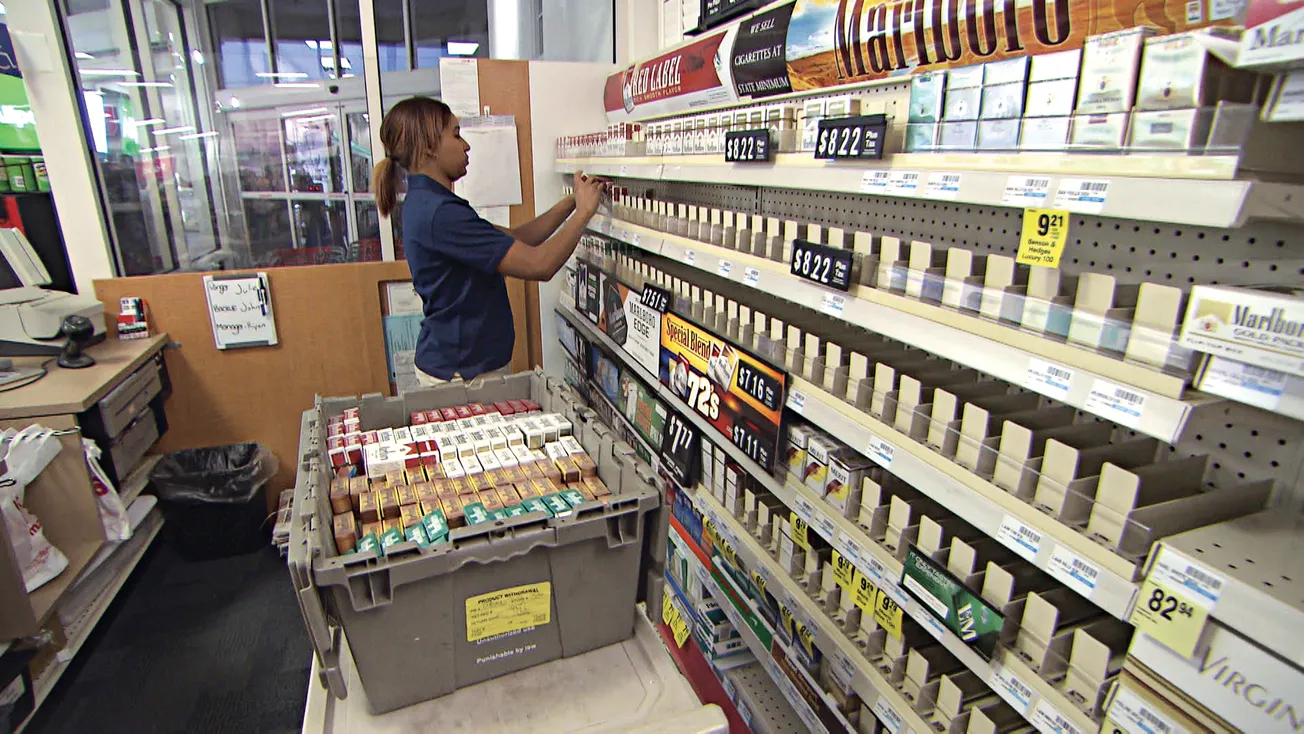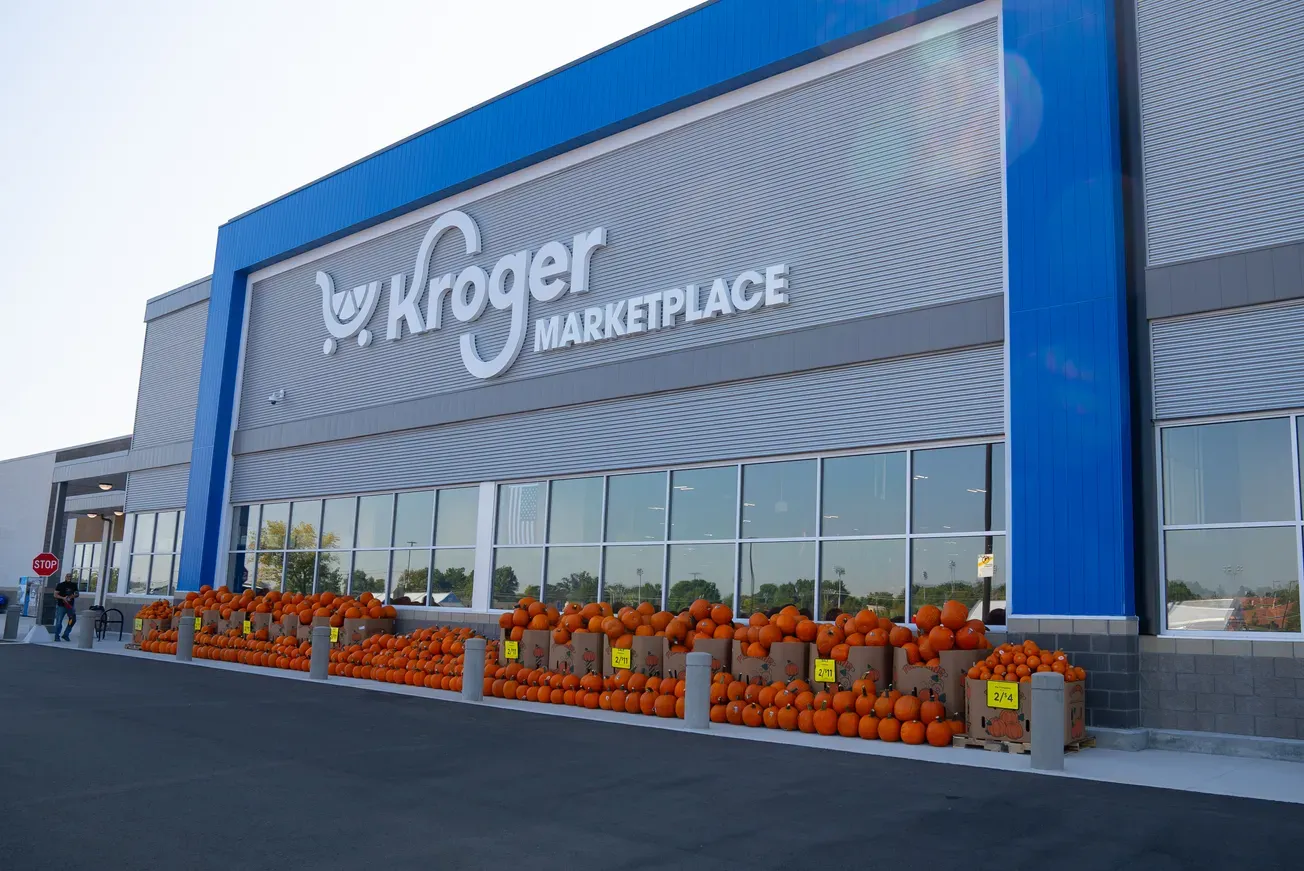Last year I reported that the COVID-19 pandemic drove tremendous growth in demand for over-the-counter medicines for pain and fever, dietary supplements for immune support and wellness, and consumer medical devices for self-diagnosis and protection. Now as we welcome 2023, not only has this demand continued, it has accelerated.

Scot Melville
The drivers of growth and innovation in self-care continue to be amplified, including continuing serious health threats for American families, economic pressures to lower costs and reduce the burden of care, and the consumer’s desire to take greater control over their personal health care. In fact, as I write this, our country is facing one of the most challenging cold, cough and flu seasons in recent history. This “tripledemic” of persistent COVID-19, perennial flu infections and the rapidly reemergent respiratory syncytial virus (RSV), has families relying even more on community pharmacies to secure much-needed O-T-C, supplement and diagnostic products. And it has manufacturers and retailers working overtime to keep shelves stocked.
At times like these, the manufacturer-retailer partnership is even more important, working together to help address the many health challenges facing American consumers. The essential role of self-care to our nation’s health care system is ever more apparent.
Over-the-counter medicines
Just last month, CHPA released research findings that, once again, confirm the tremendous value and impact of O-T-C medicines on individuals and the U.S. health care system overall. Our 2022 OTC Value Study found that, on average, every dollar spent on O-T-C medicines saves the U.S. health care system $7.33, resulting in an overall annual savings of $167.1 billion. CHPA’s new research analyzed survey results from more than 5,000 consumers showing $56.8 billion in savings when consumers rely on more affordable O-T-C medicines rather than prescription drugs, and another $110.3 billion in savings when consumers are able to avoid unnecessary doctor visits for minor ailments by caring for themselves with O-T-Cs.
Our study also found that O-T-Cs provide an additional indirect value of $45 billion in annual workplace productivity benefits through fewer missed workdays and the expansion of treatment access to consumers in 33 million households who would otherwise forgo treatment if O-T-Cs weren’t available. Altogether, the data are clear: O-T-C medicines are essential to our nation’s health care system, saving billions of dollars, freeing up health care professionals and empowering consumers to self-treat.
A primary reason consumers can depend on O-T-Cs as safe, effective and beneficial is the strong and reliable regulatory framework governing most O-T-Cs in the United States. The Food and Drug Administration’s OTC Monograph System — recently updated and modernized, thanks to CHPA’s decadelong effort advocating for regulatory reform — provides new ways for FDA to further the safety and quality that consumers deserve and expect while also establishing new authorities to promote innovation, allowing manufacturers to more quickly bring new products to market.
The prescription-to-nonprescription (Rx-to-O-T-C) pathway is another way consumers benefit from O-T-C medicines. Over many decades “switches” have increased O-T-C consumer access to safe, effective and more convenient self-care treatment options with more than 120 ingredients, indications or dosages achieving Rx-to-O-T-C status since 1976 — including eight within the past five years. And there are potentially groundbreaking switches pending in various stages of development and regulatory consideration, including potential O-T-C status for oral contraceptives and life-saving naloxone.
Additionally, last year FDA issued its long-awaited proposed rule regarding Nonprescription Drug Product with an Additional Condition for Nonprescription Use (ACNU), potentially allowing even more switches using innovative tech-enabled approaches that go beyond the product label. CHPA and stakeholders provided extensive comments to the FDA-proposed ACNU rule, and we look forward to issuance of a final rule in the not too distant future and a new pathway to enhance innovation in the O-T-C market.
Dietary supplements
In addition to treating their conditions with O-T-C medicines, shoppers are increasingly looking for self-care solutions that provide a holistic foundation for wellness. More consumers are paying attention to preventive health care and incorporating dietary supplements into their personal self-care program. CHPA and its members recognize that safety, product integrity and industry transparency are key tenets to building trust in supplements. The surge in consumer interest in supplements has put a spotlight on the regulatory framework overseeing the category. CHPA is working with other industry stakeholders on voluntary guidelines and regulatory reforms to protect consumers, promote innovation, and raise the bar on quality and compliance.
Fresh from our success modernizing O-T-C regulations, CHPA is also advocating for modernization of supplement regulation. The Dietary Supplement Health and Education Act (DSHEA) — the regulatory framework for dietary supplements — will be 29 years old this year. Since its enactment by Congress in 1994, the supplement industry has grown from $4 billion to more than $50 billion today. However, regulation has not kept pace with growth and scientific innovation in this marketplace. That’s why CHPA members believe the time has come for a more comprehensive approach to modernizing DSHEA, and CHPA is committed to working with Congress, the FDA and other industry stakeholders to share ideas and proposals that will further promote consumer safety and enhance public health.
CHPA is developing a policy agenda for reform, and it includes a Mandatory Product Listing (MPL) requirement to strengthen transparency and trust for consumers, retailers, health care providers and regulators. MPL is one important component of modernizing DSHEA, but even more needs to be done. CHPA supports a master file system for new dietary ingredient notifications (NDIN); innovation incentives; third-party certification for cGMP (current Good Manufacturing Practices) inspections; and an updated definition for “dietary ingredient.” We believe FDA should allow more innovation and have the tools it needs to target bad actors providing consumers with continued assurances of the safety and integrity of dietary supplements sold in the U.S. Altogether, these will expand opportunities for industry and help to bring new, safe and beneficial products to market.
We are also redoubling our efforts to expand eligibility of dietary supplements in HSA and FSA accounts — like we successfully achieved for O-T-Cs in 2020 — and we championed legislation introduced in Congress to do just that. We’re building more stakeholder and lawmaker support for this policy initiative as an important new health care benefit to millions of consumers who participate in tax-preferred HSA or FSA programs.
Consumer medical devices
Like other personal health care products, consumer medical devices can enhance self-care. Just last year, FDA opened the door to a new self-care category: O-T-C hearing aids. Until now, hearing aids had only been available by prescription and were financially out of reach for many consumers, resulting in fewer than one out of five affected people using them. But Congress acted, and FDA moved forward with a new rule for O-T-C hearing aids, finally giving consumers another safe, effective and affordable option to help overcome mild to moderate hearing impairment. It’s great to see so many community pharmacies offering O-T-C hearing aid options to their customers.
This is just one example of consumer health care supporting public health. Other advances in regulations, as well as innovations in digital health technology, will enable more tools for consumers to better manage their health. From glucose monitors to thermometers, and pulse oximeters to diagnostic test kits, at-home use of consumer medical devices has enabled people to manage and monitor their health outside of traditional health care settings.
This year CHPA is collaborating with the Consumer Technology Association (CTA) at the world’s largest consumer tech show — CES, the Consumer Electronics Show — to host a multiday program focused on digital health featuring thought leaders and innovators in the digital health sector. CHPA and many of its member companies will be present to learn about emerging technologies and how digital products may improve self-care, including facilitating more Rx-to-O-T-C switches.
The future of self-care
CHPA’s presence at CES 2023 is a sign of the rapidly evolving scope of self-care and one that I would not have predicted a decade ago. However, for over 142 years, CHPA has evolved as science, regulations and consumer preferences have changed how, where, and with what we use to improve consumer health. It’s such an incredibly exciting time for our industry, and I’m optimistic about what the next decade will bring.
Scott Melville is the president, CEO at the Consumer Healthcare Products Association









